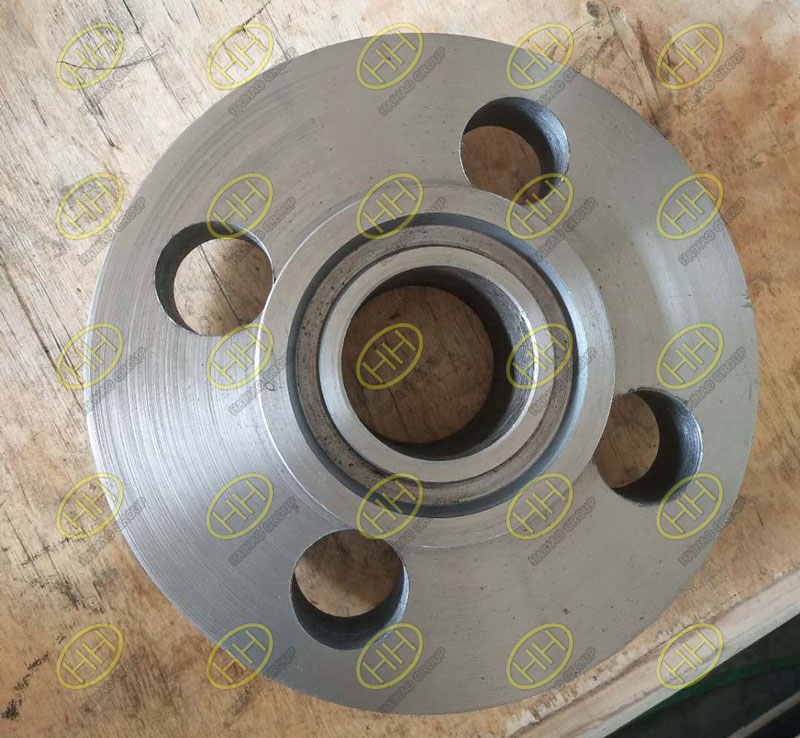Haihao Group is your expert partner in SW flange solutions for diverse applications
Haihao Group, a leading expert in the field of pipeline systems, takes pride in offering a comprehensive range of flange solutions to cater to the unique needs of our clients worldwide. In this article, we delve into the details of socket weld (SW) flanges, shedding light on their characteristics, applications, and the expertise we bring to meet the varied requirements of our customers.
Understanding socket weld (SW) flanges: Socket weld (SW) flanges, abbreviated as SW flanges, share a basic shape with raised face slip-on flanges. The distinguishing feature of SW flanges lies in the presence of a socket or bore where the pipe is inserted and welded. To address potential corrosion issues arising from the gap between the pipe and the socket, an additional weld is applied on the back of the flange. SW flanges exhibit 5% higher fatigue strength than raised face slip-on flanges while maintaining equivalent static strength. These flanges are suitable for pipes with a nominal diameter of 50 and below.
Sealing Surface Options: SW flanges offer versatile sealing surface options to meet different requirements:
- Raised Face (RF)
- Male and Female Face (MFM)
- Tongue and Groove Face (TG)
- Ring Joint Face (RJ)
Applications: SW flanges find application across various industries, including but not limited to:
- Boiler and pressure vessel systems
- Petroleum and chemical industries
- Shipbuilding
- Pharmaceutical
- Metallurgy
- Machinery
- Food processing
They are commonly used in pipelines with a nominal pressure (PN) of ≤10.0MPa and nominal diameter (DN) of ≤50.
Advantages and disadvantages of socket welding and butt welding:
Socket Welding (SW):
Economical and suitable for small pipe diameters (DN ≤ 40).
Initial insertion and welding of the pipe are performed separately.
Generally used for smaller pipe sizes due to economic considerations.
Butt Welding:
Generally used for pipe diameters above DN40.
Involves direct welding of two components.
High-quality welding but requires stricter testing methods, including radiographic testing.
Recommended for applications where weld quality and testing standards are high.
The choice between socket welding and butt welding depends on factors such as pipe diameter, economic considerations, and the required level of weld quality and testing.
Haihao Group’s Expertise: As a recognized expert in the pipeline systems industry, Haihao Group brings unparalleled expertise to the design, manufacturing, and customization of flanges. Our commitment to quality, precision engineering, and customer satisfaction positions us as the preferred partner for clients seeking reliable and tailored flange solutions.


